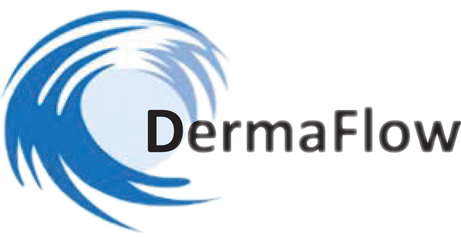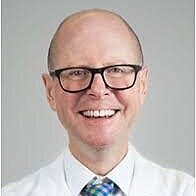Professor David Armstrong, Vascular Expert, Unites with DermaFlow
[October 25, 2020] Dermaflow is privileged to announce the signing of a collaboration agreement between the company and Professor David Armstrong, PhD, DPM, Professor of Clinical Surgery at the Keck School of Medicine, University of Southern California.
Professor Armstrong, as a Key Opinion Leader, will advise Dermaflow on possible home and clinical applications and product forms of the company’s proprietary technology, in the vascular field, as well as work with us on partnering strategy regarding both clinical and business collaborations.
Professor Armstrong, as a Key Opinion Leader, will advise Dermaflow on possible home and clinical applications and product forms of the company’s proprietary technology, in the vascular field, as well as work with us on partnering strategy regarding both clinical and business collaborations.
Professor Armstrong is past Chair of Scientific Sessions for the ADA’s Foot Care Council, and a past member of the National Board of Directors of the American Diabetes Association as well as a former commissioner with the Illinois State Diabetes Commission. He sits on the Infectious Disease Society of America’s (IDSA) Diabetic Foot Infection Advisory Committee and is the US appointed delegate to the International Working Group on the Diabetic Foot (IWGDF).
Dr. Armstrong is the founder and co-chair of the International Diabetic Foot Conference (DF-Con), the largest annual international symposium on the diabetic foot in the world. He is also on an advisor to Vascular Cures.
Professor Armstrong has produced more than 510 peer-reviewed research papers in dozens of scholarly medical journals as well as over 90 book chapters. He is co-Editor of the American Diabetes Association’s (ADA) Clinical Care of the Diabetic Foot, now in its third edition.
Professor Armstrong was appointed Deputy Director of Arizona’s Center for Accelerated Biomedical Innovation (ACABI) and co-founder of its “augmented human” initiative, which places him at the nexus of the merger of consumer electronics, wearables and medical devices.
About the Company
Dermaflow is a US based company, having a unique non-invasive technology for detecting changes in peripheral blood flow throughout the body.
Dermaflow technology uses a thermal clearance type method to non-invasively measure peripheral blood flow (also referred to as dermal flow and/or microcirculation) with the help of skin-contacted sensors. Essentially, this allows an assessment of changes in flow in the extensive capillary blood vessel network, which in turn provides a window into both the autonomic nervous system and local and global cardiovascular systems as well.
The technology has a wide variety of clinical uses, although the company is focused on developing lower limb vascular applications, including early identification of Peripheral Artery Disease and Diabetic Foot Syndrome.
Peripheral Artery Disease
Dermaflow technology in combination with the blood flow stimulating TENS technology has been shown to discriminate between healthy and PAD – diagnosed legs – providing the potential opportunity to quickly diagnose and then monitor this disease, even in its asymptomatic phase
This combination (“DermaVasc™”, www.dermavasc-pad.com) affords the user – whether in hospital, clinic or at home – the potential opportunity to quickly identify this disease, even in its asymptomatic phase.
Near term development goals include an upgraded Bluetooth-enabled sensor plus app for remote home monitoring.
Diabetic foot syndrome
The presence of foot ulceration is considered to be the main precursor of lower extremity amputation among patients with diabetes. The first step in ulcer prevention is the careful screening for foot problems and detection of patients at high risk, even in asymptomatic cases.
DermaVasc can add considerable value in the early detection of this life-changing condition.
Dermaflow is seeking partners to develop and commercialize DermaVasc in these growing segments of the healthcare market.

